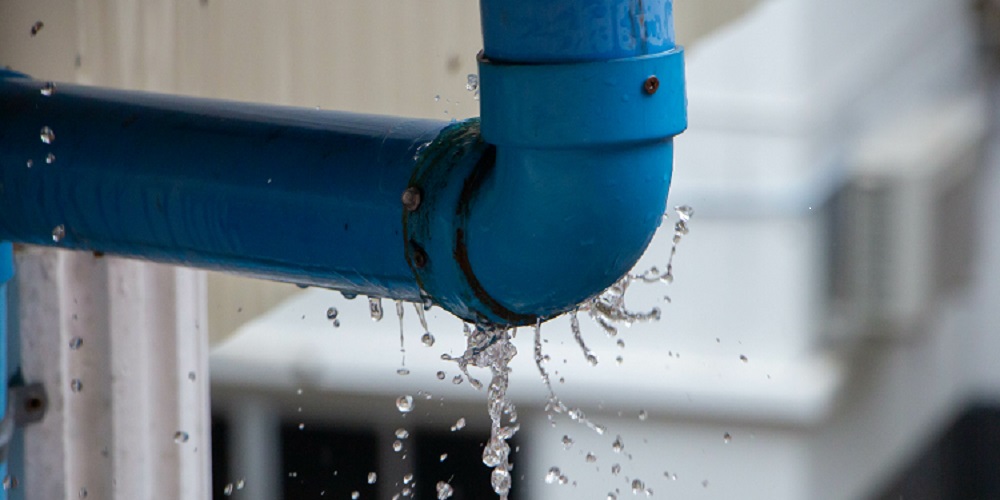Listed here in the next paragraph you will find lots of brilliant tips in regards to Detecting hidden plumbing leaks.

Early detection of dripping water lines can alleviate a possible calamity. In addition to conserving you money, it will certainly decrease the irritation and also stress. The minute you locate a leak, calling your plumber for fixings is the very best service. Nevertheless, some tiny water leaks might not show up. Here are some hacks that aid if you can not detect it with your naked eyes.
1. Examine the Water Meter
Inspecting it is a guaranteed method that aids you discover leaks. If it moves, that indicates a fast-moving leak. This implies you may have a slow leakage that can even be below ground.
2. Examine Water Consumption
If you spot unexpected adjustments, despite your usage being the same, it implies that you have leaks in your plumbing system. A sudden spike in your expense indicates a fast-moving leak.
At the same time, a constant increase every month, even with the very same practices, shows you have a slow-moving leakage that's also gradually escalating. Call a plumber to completely inspect your property, particularly if you really feel a warm area on your floor with piping underneath.
3. Do a Food Coloring Examination
When it comes to water intake, 30% comes from bathrooms. If the color in some way infiltrates your dish during that time without flushing, there's a leak between the container and also bowl.
4. Asses Exterior Lines
Do not fail to remember to inspect your outside water lines too. Needs to water permeate out of the link, you have a loosened rubber gasket. One tiny leakage can squander tons of water as well as increase your water bill.
5. Check and Examine the Circumstance
Home owners need to make it a behavior to inspect under the sink counters and even inside cabinets for any kind of bad odor or mold development. These 2 warnings suggest a leakage so timely attention is called for. Doing routine inspections, also bi-annually, can save you from a major problem.
A lot more significantly, if you know your residence is already old, keep a watchful eye on your heating units, pipes, pipes and so on. Check for discolorations and damaging as a lot of devices and also pipes have a life expectancy. They will also naturally weaken due to tear as well as put on. Don't wait for it to escalate if you suspect dripping water lines in your plumbing system. Call a professional plumber right away so you don't wind up with a terrible mess in your home.
Early detection of dripping water lines can alleviate a prospective calamity. Some tiny water leaks may not be visible. Examining it is a surefire way that assists you find leaks. One little leak can squander heaps of water and also surge your water expense.
If you presume leaking water lines in your plumbing system, don't wait for it to rise.
The Dangers of Undetected Water Leaks
Mold
One of the most common results of undetected water leaks in your home is mold. Under the right conditions, mold can begin to grow and spread in just a day or two.
Moisture from water leaks combined with humidity and lack of ventilation allow mold spores to germinate and start spreading.
And while household mold doesn’t carry the same health risks as substances like asbestos, they can cause allergic reactions in people sensitive to them or with asthma.
Structural Damage
When water leaks occur in places we can’t see — above the ceiling, behind walls or beneath floors — they often have time to do some serious damage before making themselves known.
You might notice cracks or bubbles appear in your walls or a slow drip or water from the ceiling.
These are signs of water leaks and buildups in the structure of your home. If you don’t jump on these problems soon enough, the wood frame that supports your house could start rotting, leading to costly repairs and increasing the risk of disasters like ceiling or wall collapses.
Water Waste
According to the Alliance for Water Efficiency, the average home can lose anywhere from 2,000 to 20,000 gallons of water per year due to leaks.
High numbers like that might make you imagine a burst pipe spewing out water. But believe it or not, even a small, constant drip from a kitchen sink could add up to over a thousand gallons of wasted water in a single year.
And if you live in a place where you pay for every gallon of water you use, that adds up to a lot of dollars down the drain. So we understand leaks are bad. Let’s take a look at some of the common (and not-so- common) water leaks you might find around your home.
Flush Valve Flapper
The flush valve flapper is a rubber flap that sits above the flush valve at the bottom of the tank. It’s attached to the flusher with a chain. Over time, it can get worn out and lose its seal, causing an endless flow of water into the toilet bowl.
These leaks are hard to detect since they’re usually silent, but there’s a little insider trick you can use with just a little dye or food coloring:
Put a few drops in the toilet tank. Check the water in your toilet bowl 15 minutes later. If any of the color made it into the toilet bowl, you’ll know what the culprit is.
Fill Valve
The fill valve is what replenishes your toilet’s tank water after you flush. If you’ve ever looked inside your toilet tank and seen water gushing out of an upright plastic valve, that’s a faulty fill valve.
https://meetflo.com/blogs/flo/how-to-find-and-repair-water-leaks-a-comprehensive-guide

I'm just very fascinated with Detecting hidden plumbing leaks and I hope you enjoyed the entire post. Sharing is good. Helping others is fun. Thanks a lot for your time. Visit again soon.
Comments on “How to Inspect If Your Home Has a Concealed Leakage”